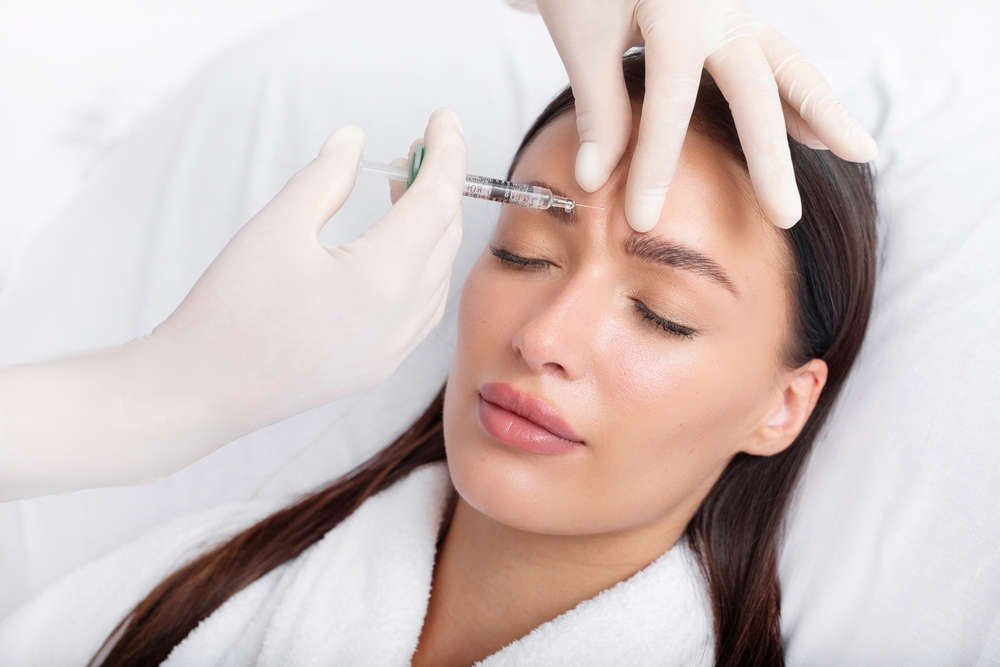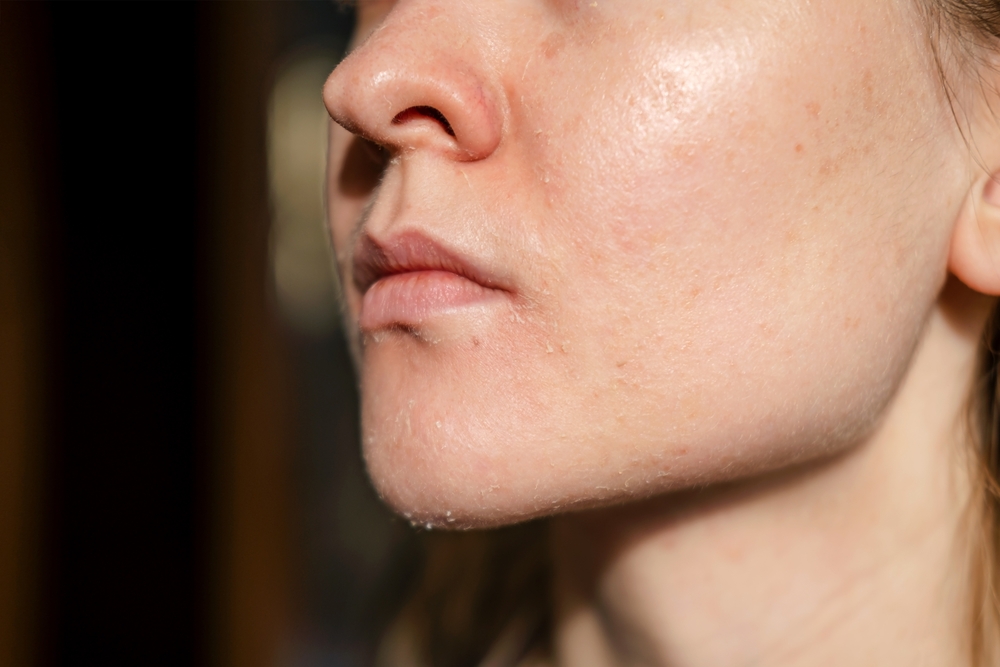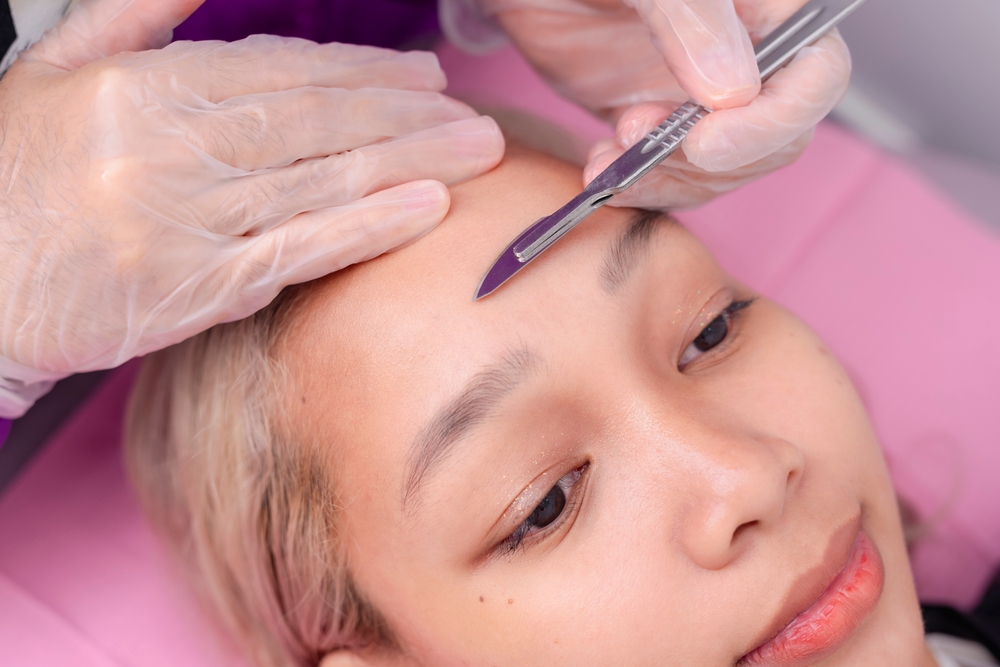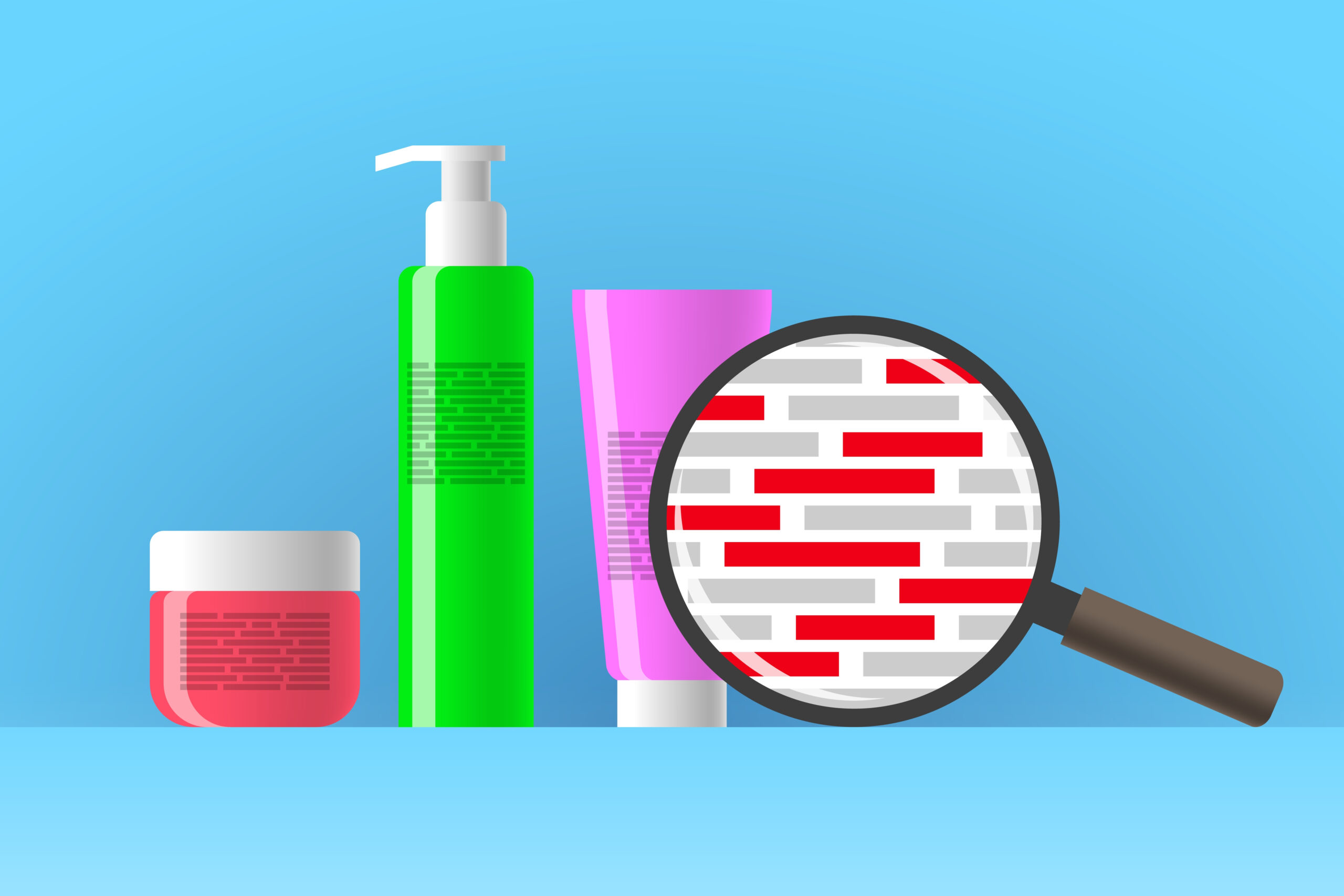Botox and other injectables have become the rockstars of cosmetic enhancements. They promise wrinkle-free skin and a youthful appearance with minimal downtime. But before you dive into your next cosmetic appointment, let’s peel back the layers and uncover some of the hidden dangers that come with these popular treatments.
1. Botched Results Aren’t Rare

Sure, the majority of Botox and injectables turn out fine, but botched results are a genuine concern. From uneven eyebrows to frozen expressions, not all procedures go smoothly. Finding a skilled injector is crucial—do your homework and read reviews.
2. There’s a Risk of Infection

Any time you puncture the skin, there’s a risk of infection. Even though Botox injections are generally safe, improper handling or unsanitary conditions can introduce bacteria, leading to painful and potentially serious infections.
3. Allergic Reactions Do Happen

Allergic reactions are rare, but they do happen. Reactions can range from mild irritation to severe symptoms, including facial swelling and difficulty breathing. Always discuss your medical history with your provider to minimize this risk.
4. There’s Long-Term Safety Unknowns

Botox has been around for a while, but that doesn’t mean its long-term effects are fully understood. Newer injectables come with even less data about their long-term impact on health. Botox is made from the same toxin that causes botulism, a life-threatening type of food poisoning. Fillers are made from hyaluronic acid, a natural sugar made in the body; these can be animal- or non-animal-derived, so it’s worth researching.
5. You Can Get Muscle Weakness and Paralysis

Overuse of Botox can lead to muscle weakness or even paralysis. You might have a droopy eyelid or a lopsided smile if you overdo it or it’s not administered correctly.
6. Toxins Can Spread into Your System

There’s a potential risk that the toxin could spread beyond the intended area. If this happens, it can affect other muscles and cause unexpected changes in facial expressions or even more serious systemic issues.
7. They Can Trigger Migraines and Headaches

Some people report chronic headaches or migraines following Botox injections. This might be due to the neurotoxic effects or just the stress of the injection process itself.
8. There’s an Unpredictability Factor

Everyone’s body reacts differently. What works like magic for one person might cause complications for another. Always be prepared for some level of unpredictability.
9. Effectiveness Can Diminish Over Time

With frequent use, your body can develop antibodies to Botox, making it less effective over time. This means you might need more frequent treatments or higher doses to achieve the same results.
10. They are High Cost and High Maintenance

Botox isn’t a one-and-done deal. Results vary from 3 – 9 months, and treatments require regular touch-ups, which can add up to a hefty sum. Think of it as an expensive subscription service for your face.
11. “Frozen” Face is a Risk

There’s a fine line between looking refreshed and looking unnatural. Overusing Botox can lead to the dreaded “frozen” face look, making your expressions stiff and lifeless. You also look weird.
12. There’s a Psychological Impact

Relying heavily on injectables can sometimes lead to body dysmorphia or an unhealthy obsession with appearance. It’s essential to maintain a healthy self-image and not let cosmetic procedures dictate your self-worth. You can also feel insecure when the effects wear off.
13. It’s Difficult to Reverse Effects

Unlike some treatments, Botox doesn’t have an easy fix if you don’t like the outcome. While the effects eventually wear off, your face can take several months to return to normal.
14. Fixes Can be Expensive

Fixing a botched Botox job or addressing complications can be just as costly as the initial treatment. Also, finding a qualified professional to correct mistakes can be a challenge. There are many cosmetic cowboys out there.
15. There’s a Lack of Regulation and Quality Control

The cosmetic industry isn’t as tightly regulated as it should be. This means the quality of injectables and providers’ expertise can vary widely. Always choose a licensed, experienced medical professional to perform your injections and ensure that products are sourced from reputable manufacturers.




